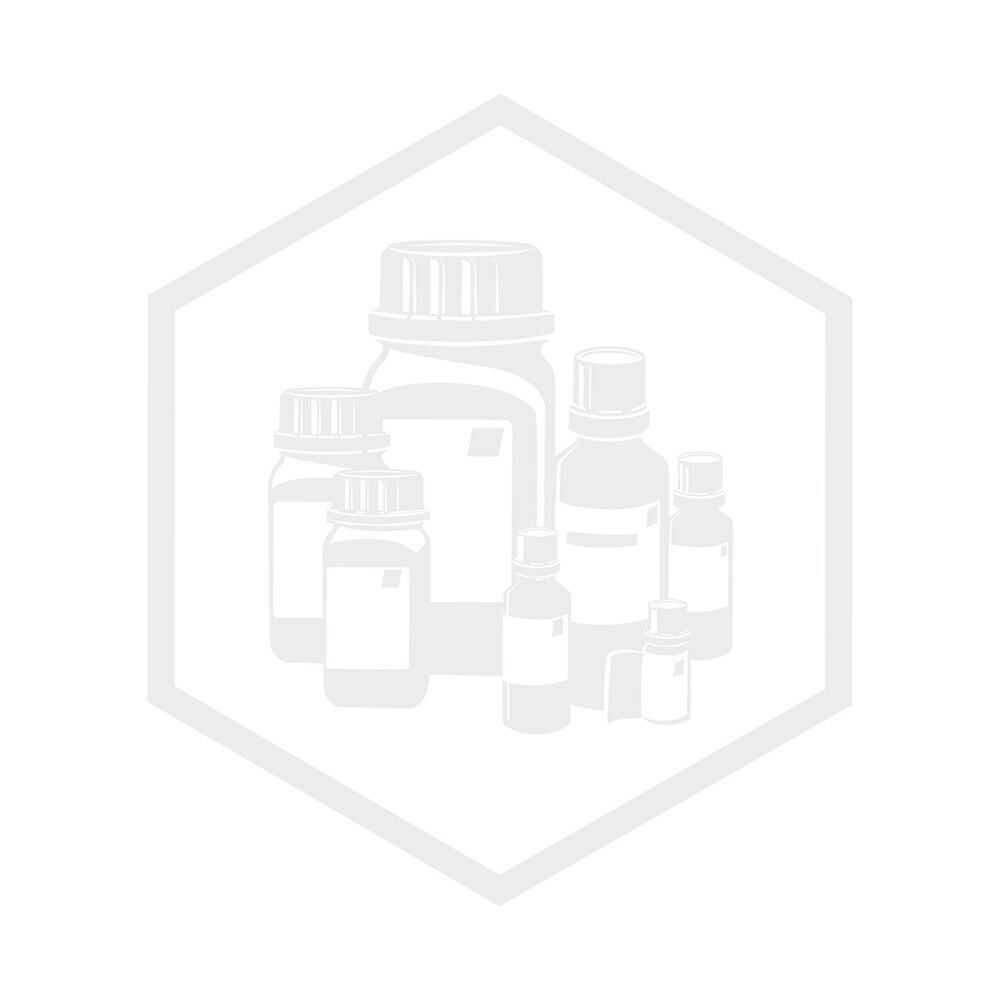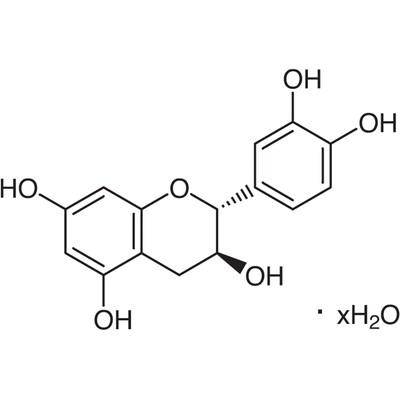Verzending 24–48 u • Levering in de hele EU • Veilige chemieverpakking
Tin(IV) t-butoxide 99.9% 10 g
SKU 901064
€ 292,95
In stock
1
Save this product for later
Tin(IV) t-butoxide 99.9% 10 g
Product Details
CAS number: 36809-75-3
Chemical formulas: Sn(C4H9O)4/ F.W. 411.14/ m. p. 45/b.p. 106/ 0.3 mm/ vac. dist.
Cation: Sn
Packaging: 10 g
EAN: 8721028256010
Brand: Laboratoriumdiscounter
Tin(IV) t-butoxide: A powerful catalyst for organic synthesis, Tin(IV) t-butoxide is widely used in the production of polymers, pharmaceuticals, and fine chemicals. Its unique properties make it an essential component in various reactions, offering enhanced reactivity and selectivity. Discover the potential of Tin(IV) t-butoxide for efficient and sustainable chemical transformations.
When working with Tin(IV) t-butoxide, it is important to follow proper safety precautions to minimize the risk of accidents or exposure. Here are some short safety instructions to consider: 1. Personal Protective Equipment (PPE): Always wear appropriate PPE, including safety goggles, gloves, and a lab coat or protective clothing. This will help protect your eyes, skin, and clothing from potential contact with the chemical. 2. Ventilation: Work in a well-ventilated area or use a fume hood to prevent the accumulation of vapors. Tin(IV) t-butoxide can release harmful fumes, so ensure proper airflow to minimize inhalation exposure. 3. Storage: Store Tin(IV) t-butoxide in a tightly sealed container in a cool, dry place away from sources of heat or ignition. Keep it away from incompatible substances to prevent reactions or accidents. 4. Handling: When handling Tin(IV) t-butoxide, use caution to avoid spills or splashes. Do not transfer the chemical by mouth suction or pipetting. Use appropriate tools and techniques to minimize the risk of exposure. 5. Fire Safety: Tin(IV) t-butoxide is flammable, so keep it away from open flames, sparks, or other sources of ignition. In case of a fire, use appropriate extinguishing agents, such as carbon dioxide or dry chemical powder. 6. First Aid: In case of accidental exposure or contact with Tin(IV) t-butoxide, immediately flush the affected area with plenty of water. If swallowed, seek medical attention immediately and provide the medical professional with the necessary information about the chemical. 7. Emergency Procedures: Familiarize yourself with the emergency procedures specific to your workplace or laboratory. Know the location of safety showers, eyewash stations, fire extinguishers, and emergency exits. Remember, these are just general safety instructions, and it is essential to consult the specific safety data sheet (SDS) and follow the guidelines provided by the manufacturer or your institution.
Please note, not all safety data for this product is available on our website, for a complete list of P en H sentences and other safety instructions please request the MSDS at our customer service
You May Also Like
Display prices in:EUR









![N-methyl-N-{[1-(propan-2-yl)-1H-pyrazol-4-yl]methyl}piperidin-4-amine, 95.0%, 500mg N-methyl-N-{[1-(propan-2-yl)-1H-pyrazol-4-yl]methyl}piperidin-4-amine, 95.0%, 500mg](https://d2j6dbq0eux0bg.cloudfront.net/images/88473019/4772099181.png)



